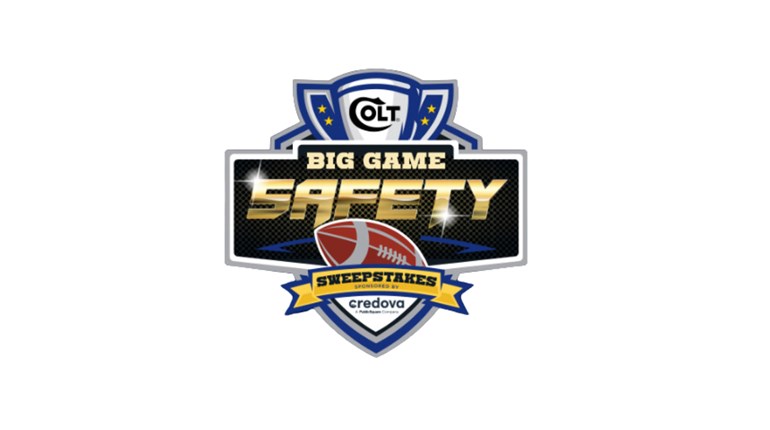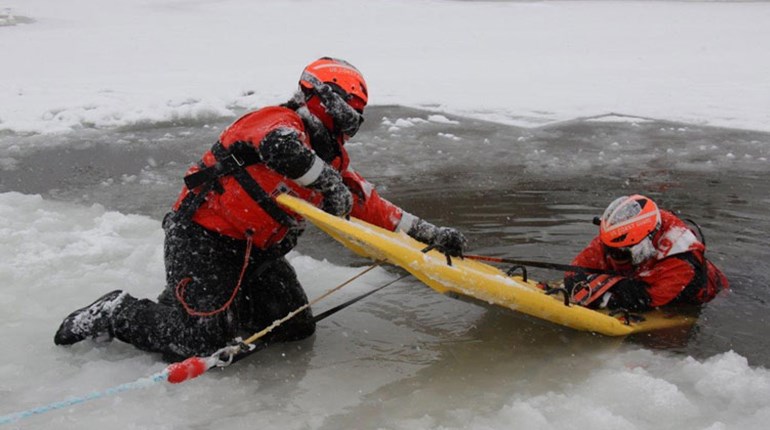
Periodic snow flurries were a welcome relief from the ice and freezing rain that coated the trail with a perilous polish. A little girl was lost in that winter storm at nearly 8,000 feet above sea level, and in a few hours the temperature would drop even further as the cloud cover disappeared. My team was running a line search parallel to the road, but something went terribly wrong.
Maybe it was the rain that froze to our jackets and leaked through every seam. Perhaps it was the lengthy exposure during the slippery search. Regardless, five rescuers lost contact with the road and did a complete circle without knowing it. Hypothermia can strike anyone, even those who understand and fight it regularly.
Hypothermia is when a body’s core temperature drops low enough to jeopardize normal bodily functions. We’re not talking about huge 10- or 20-degree drops, either. As little as three degrees can initiate a series of responses designed to keep you alive, and signal there is a problem.
Snow or ice is most often associated with the onset of this life-threatening condition, but other variables can conspire to turn even a moderate day outdoors into a medical emergency. Fall into the water or soak your jacket with sweat as you hike to your deer blind, and the water will begin robbing your heat. Now add a 20-mile-per-hour breeze, and hypothermia is a serious possibility.
You never tell yourself to shiver, but your brain and nervous system do it automatically to generate heat. At about the same time, surface veins and arteries constrict, limiting the amount of blood closest to the heat-robbing cold. That’s why someone in the initial stages will be shivering and may appear pale. There are other symptoms—and possible complications with other medical conditions—but you may also observe a rapid pulse rate, fast breathing and even mild confusion.
At this point, the victim is usually well aware they are in trouble and—with the right gear—still capable of rewarming by themselves. That changes as the condition progresses.
If core body temperature continues to drop, the body turns up the shivering to the point that it can become convulsive. By now the nervous system has determined things have gone really bad, so it decreases blood flow to the extremities even more to ensure the heart, lungs, brain and other vital organs stay warm and nourished. As a result, ears, fingers, nose, lips and toes may be blue.
The victim may seem alert, but there will be a noticeable lack of coordination and probably slurred speech. Confusion will become more and more evident, and simple tasks like paralleling a road become impossible.
Now the victim will have serious trouble remedying the problem. Even if he or she could figure it out, and manage to unroll the sleeping bag, during the later stages of this phase the body’s thermostat reaches a point where it is longer capable of bringing its temperature back up without an outside heat source.
Left untreated, the victim enters the last and fatal stage of hypothermia. It’s here where I had odd encounters in a decade of rescue work, including a man who made a detailed claim that his dead brother led him to my search team.
Heartbeat and breathing usually slow significantly, if the victim can walk it will be a stumble, amnesia may set in, coordination is gone, indifference to the situation will be evident and the victim may experience hallucinations. They’ll want to sleep and could look for a place in the rocks or trees to do so—or even try to burrow a hole. It’s common for victims to shed their clothes at the very end, as if they were lying on a beach.
Left untreated, the person will die. However, there are ways to minimize the chances of becoming a victim and effective treatment every outdoorsman should know—the subjects of our next two installments.
Part II is here.







































